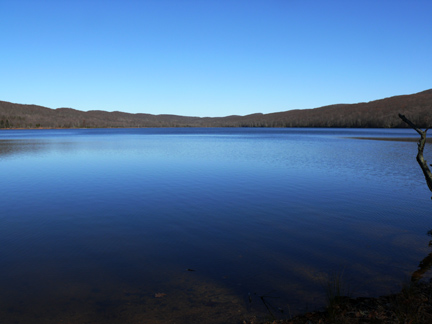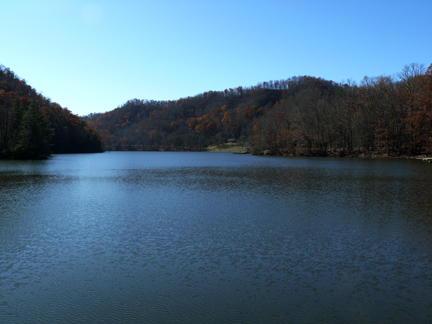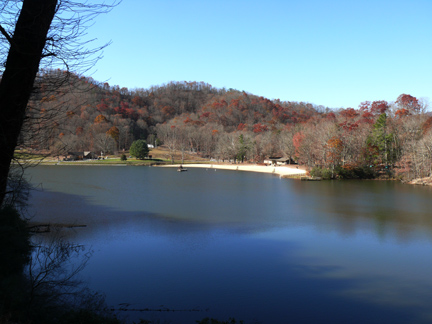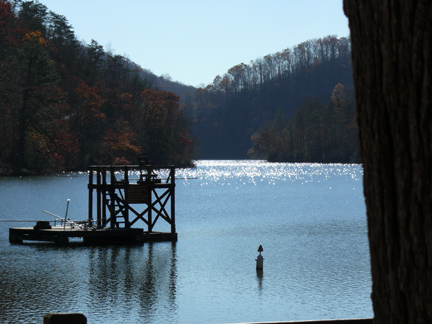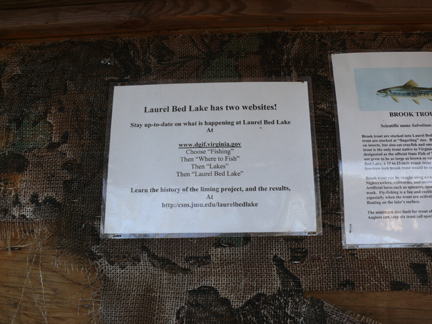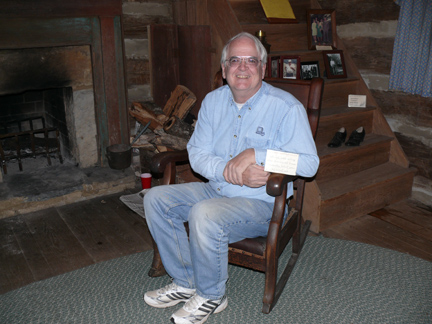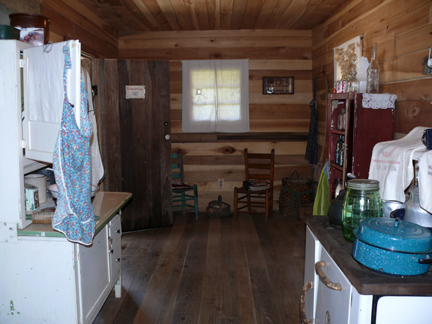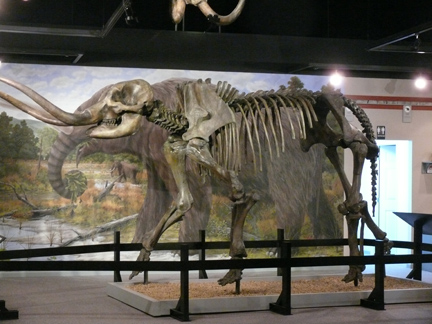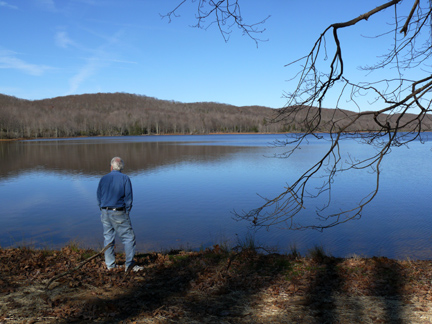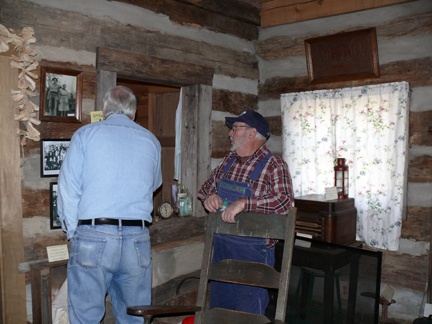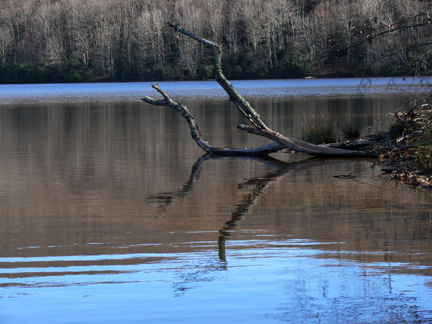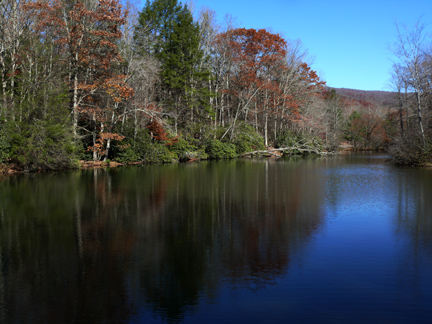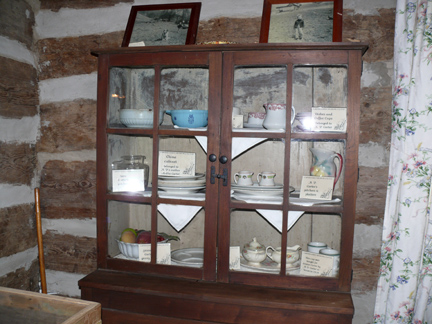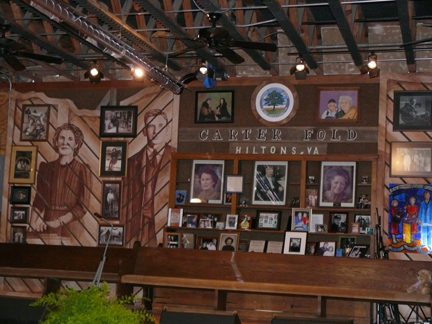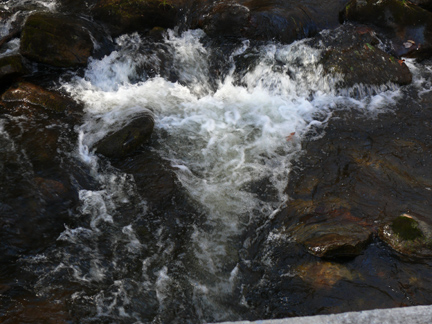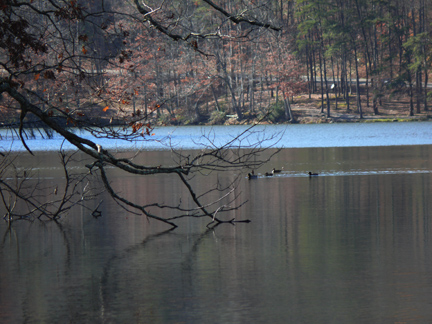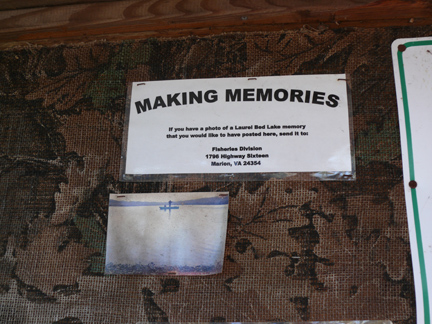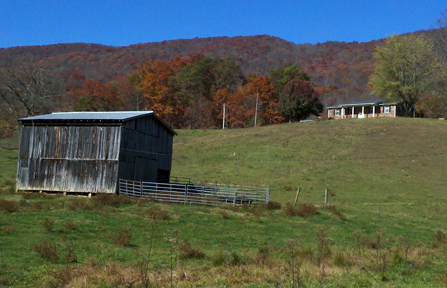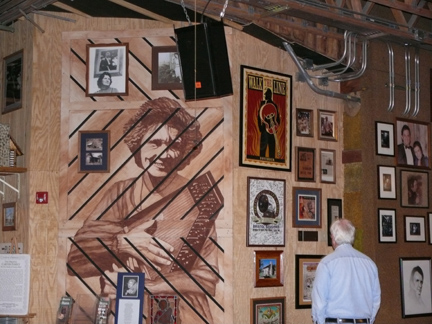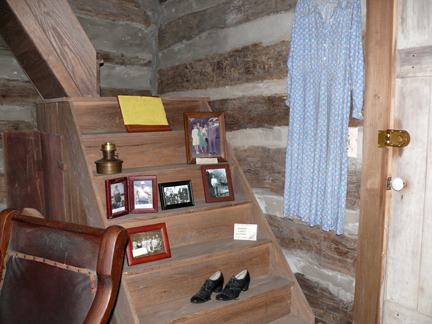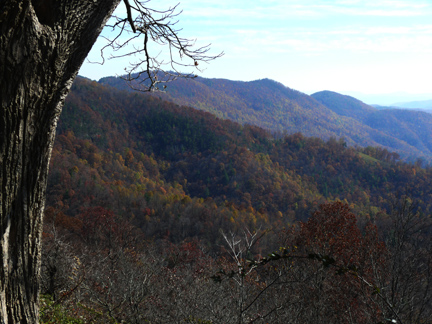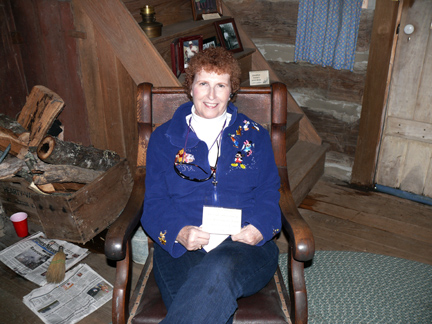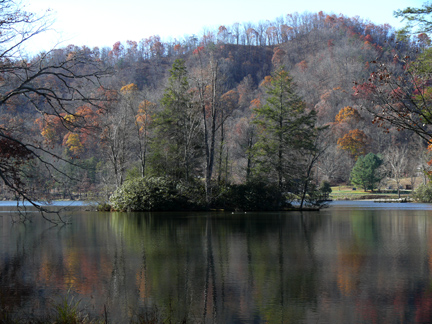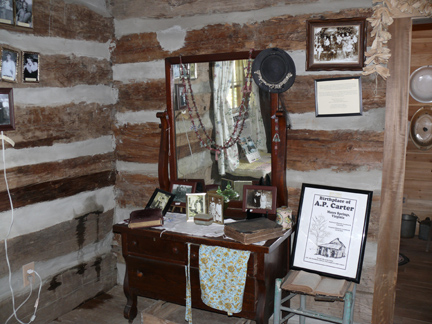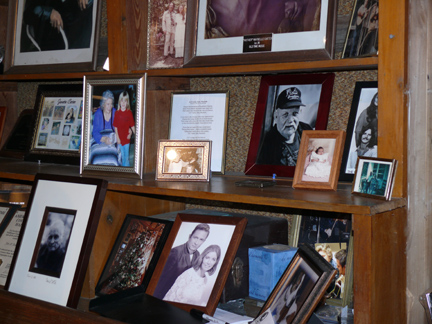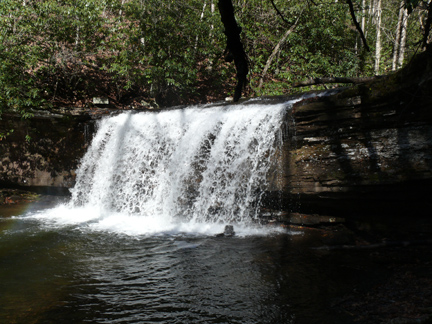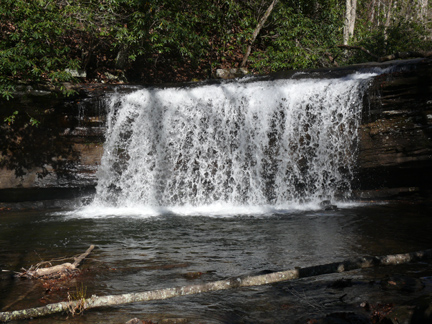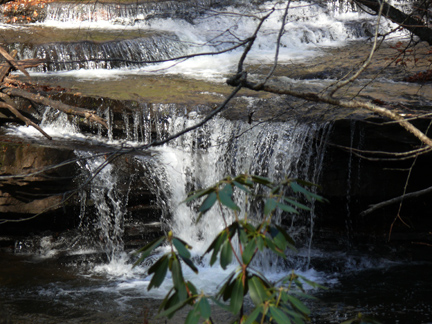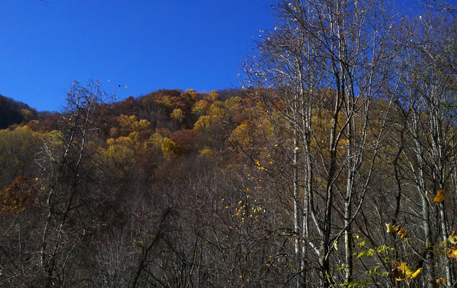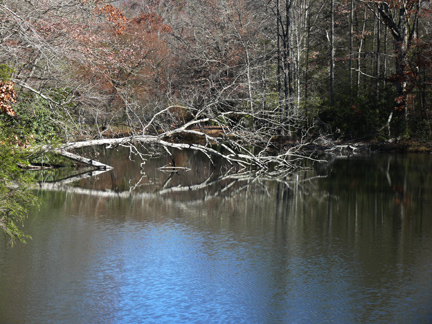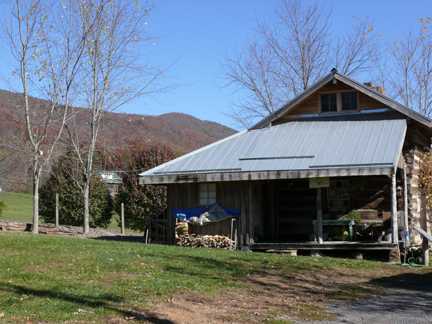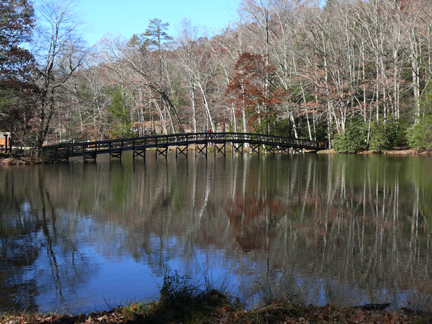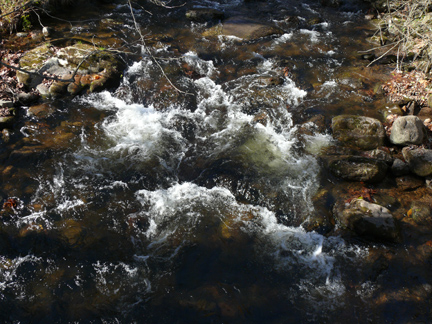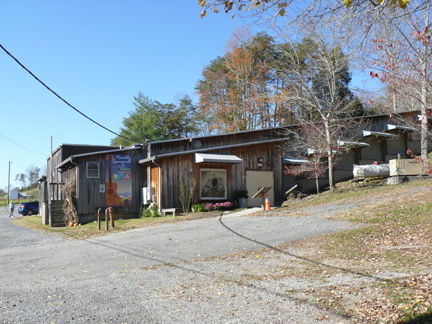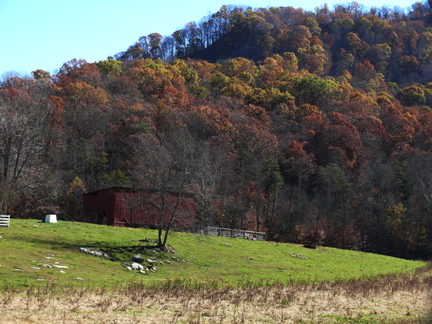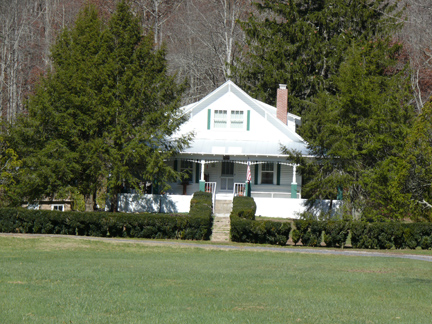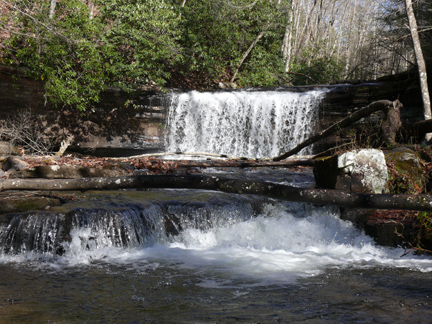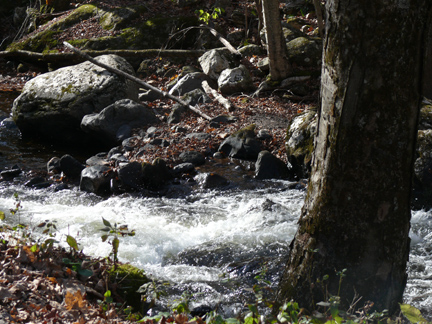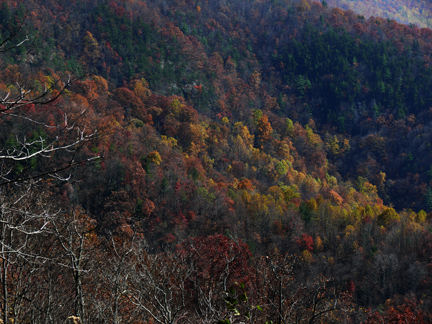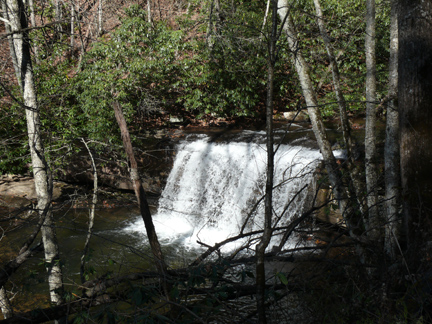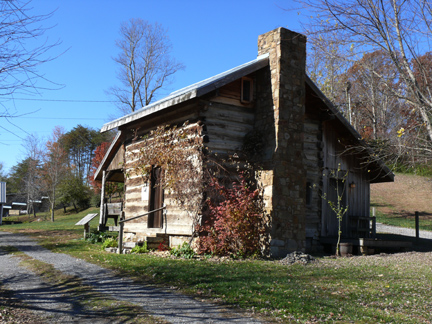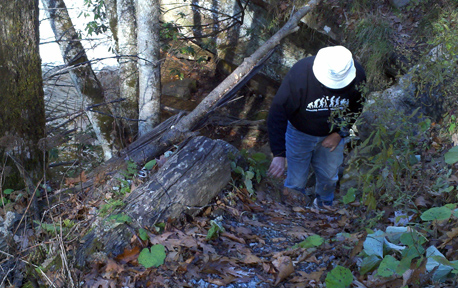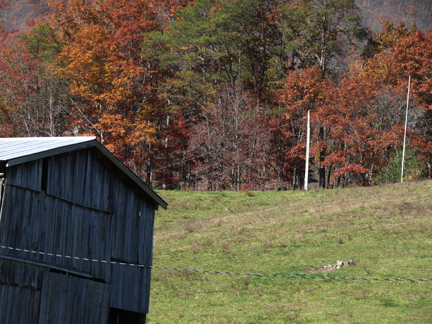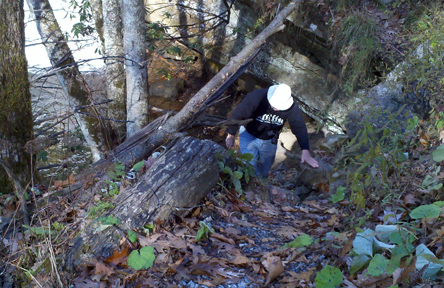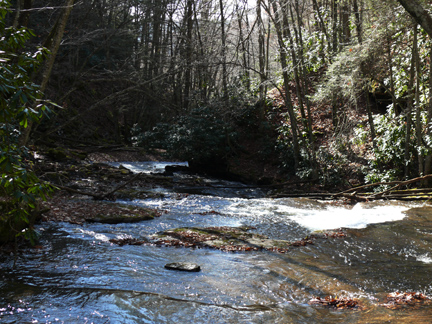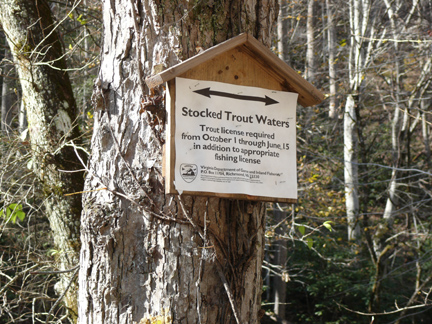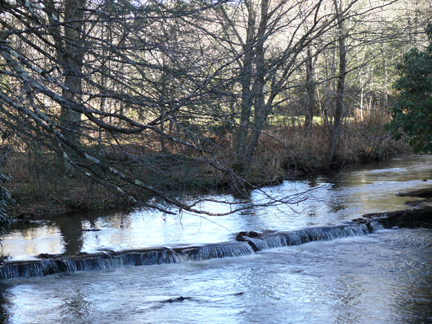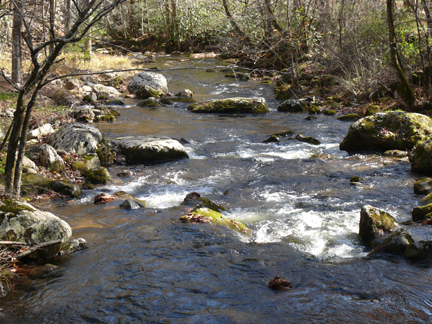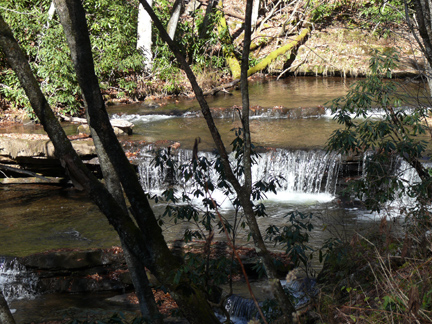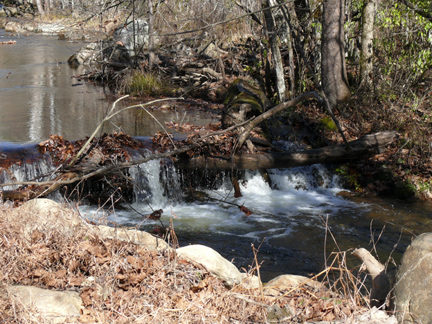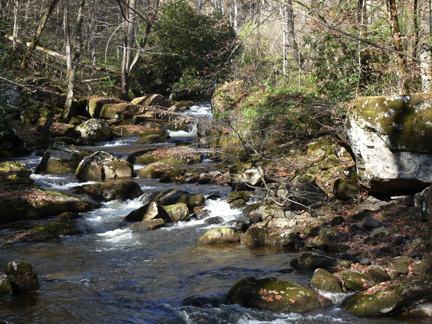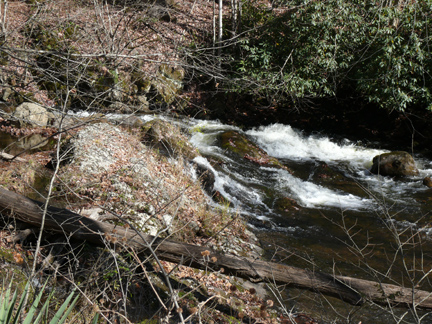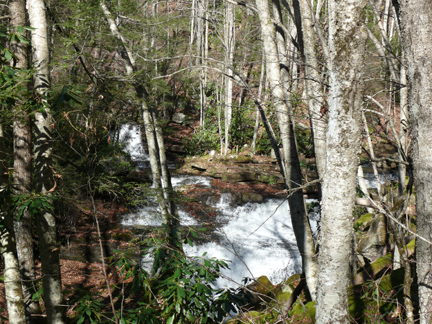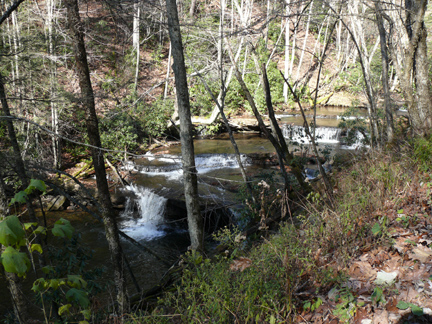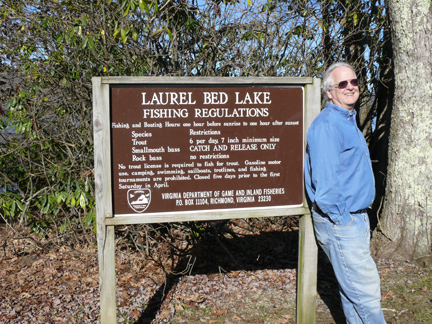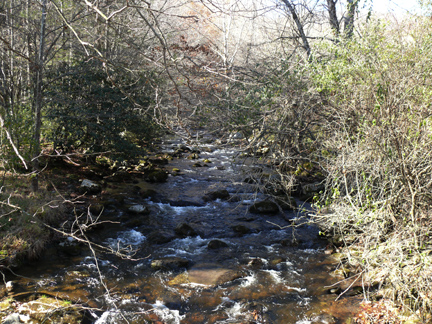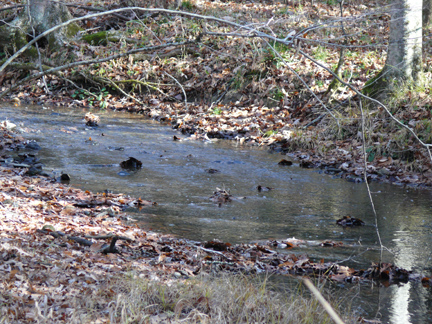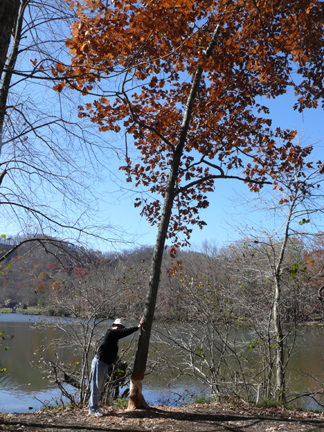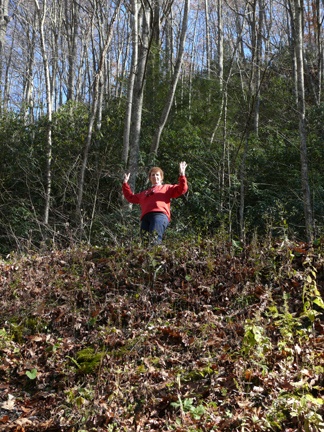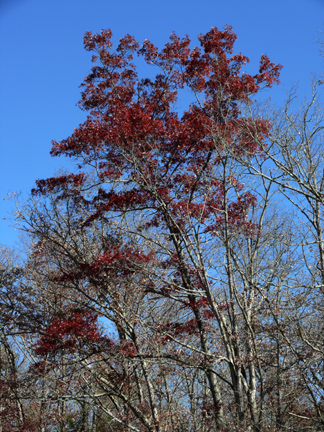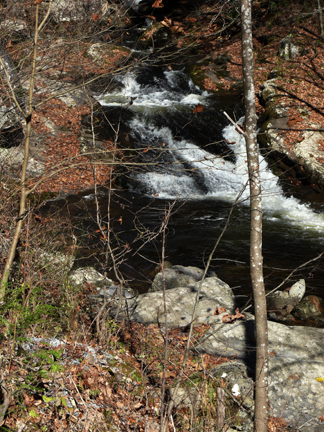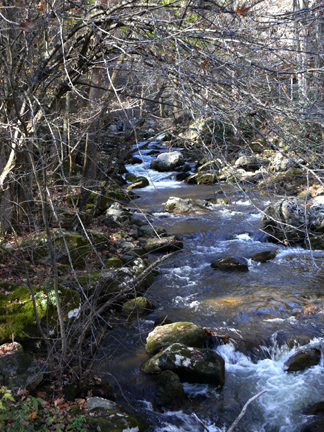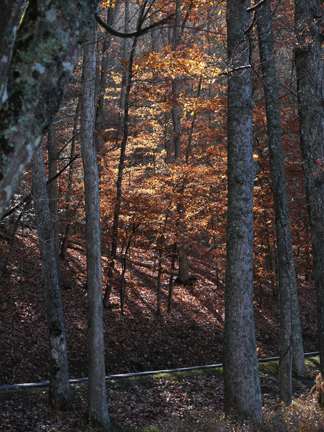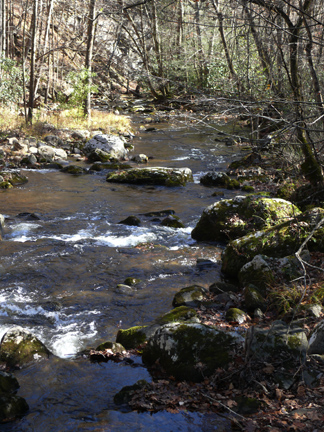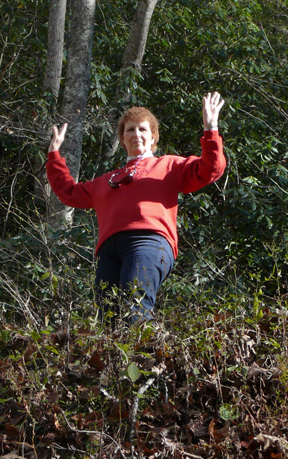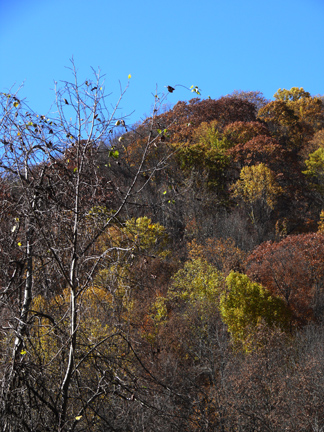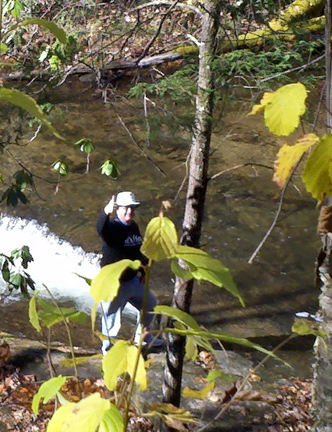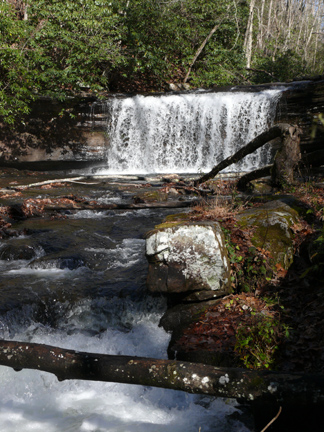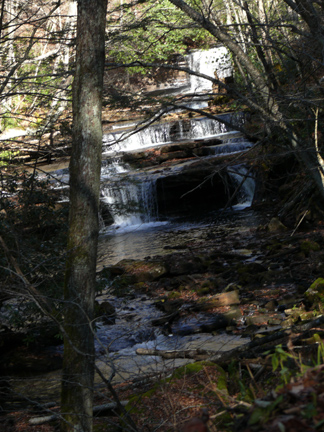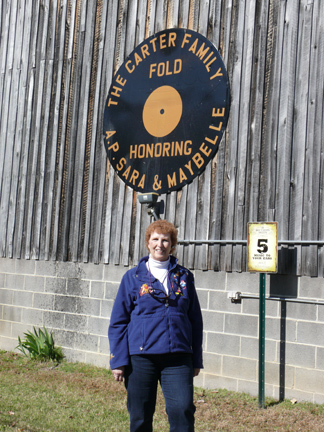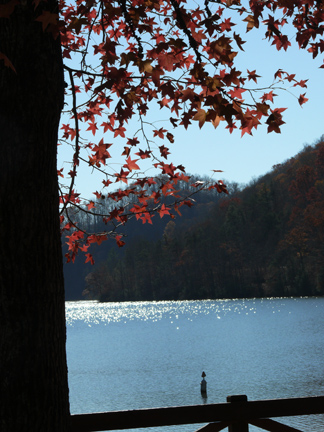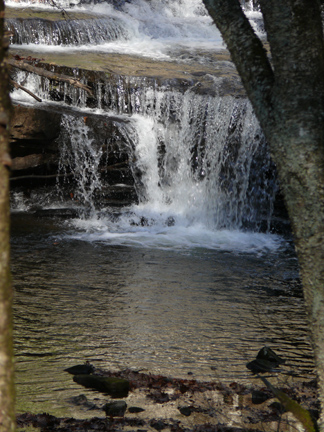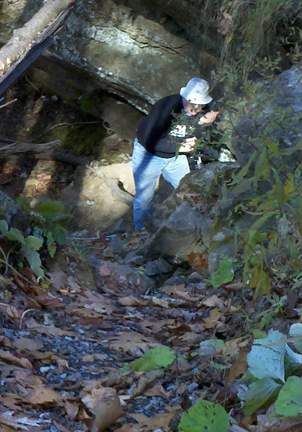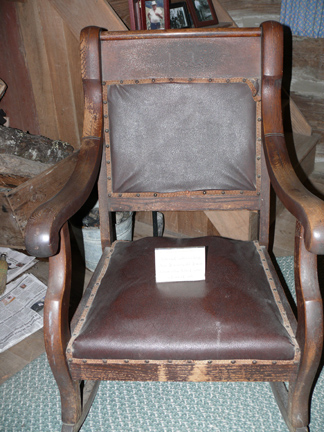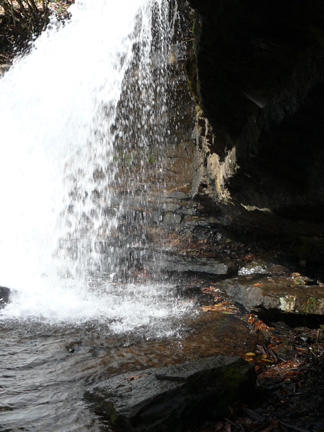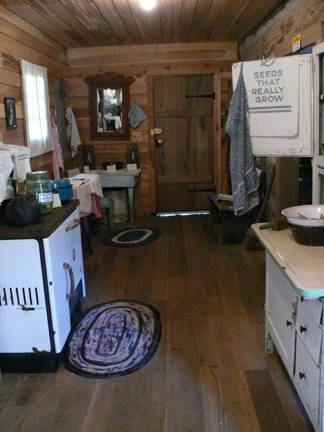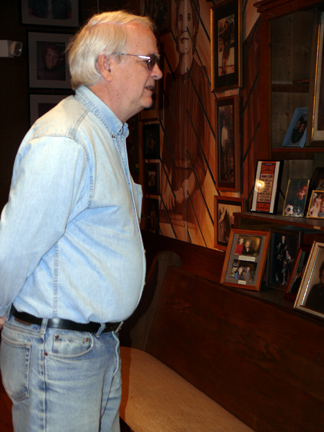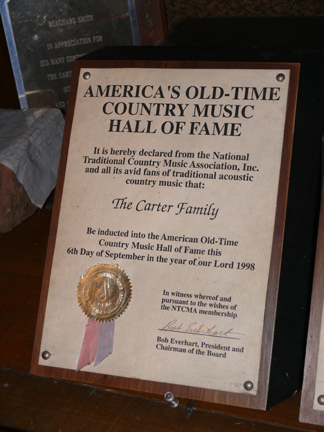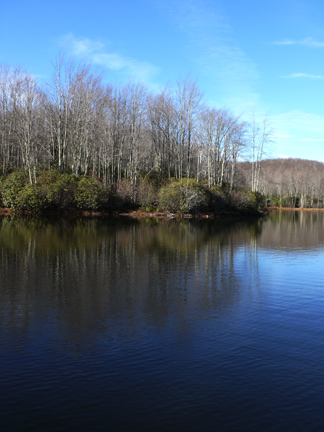November 3-7, 2011 – Celebration of our 21st Wedding Anniversary
Marion, VA and surrounding areas
Mike and I were up for another adventure and an area we hadn’t visited before. Marion, Virginia is not only a town named after General Francis Marion of the Revolutionary War (Swamp Fox) (The Hotel was the General Francis Marion – almost 100 years old, restored and in beautiful condition) but also the home of The Lincoln Theatre where once a month the Songs of the Mountain are celebrated with a 3 hour show featuring local musicians and wonderful old bluegrass and original country music.
We also journeyed to the town of Saltville, an Essential Ingredient of the Past! Tucked in the mountains of Southwest Virginia lies one of the most historically significant communities in our nation. The inland saline marsh of Saltville possesses one of the most essential ingredients of worldwide history: salt. Wars were fought over salt; cultures were built around it. Since the 1780s, salt has been continuously produced in the town. Industry capitalized on salt products, and created the first fully infra-structured “company town.” Beautifully situated in a valley of the Appalachian Mountains, Saltville demonstrates a remarkable passage through history, with unique character to experience today! Saltville was named for the salt marshes in the area. Prior to European settlement, these marshes attracted local wildlife. Excavations have recovered several well preserved skeletons of now extinct species dating back to the last ice age. Indigenous peoples of varying cultures hunted at the marshes. The historic Native American people in the area were the Chisca.
During the spring of 1567, Spanish conquistador Hernando Moyano led a force of 15-20 soldiers northward from Joara, a city in what is now western North Carolina. The force attacked and burned the Chisca village of Maniatique. (The present-day Northwood High School in Saltville is located at the former village site.)
During the American Civil War, Saltville was one of the Confederacy’s main saltworks. The saltworks were considered vital to the Confederate war effort because the salt was used in preserving meat for Confederate soldiers and civilians. Because of its importance, the town was attacked by Northern forces intent on capturing the saltworks and removing it from Confederate control. On October 2, 1864 the Battle of Saltville was fought here. In the battle Union forces attacked Saltville but were defeated by Confederate troops. Two months later General George Stoneman, a Union cavalry commander, led a second attack on the saltworks. This time the Confederates were defeated and the saltworks were destroyed by Union troops. The loss of the Saltville works was considered a major blow to the Confederacy’s dwindling resources.
We headed out for Tumbling Creek on Friday morning … and following sketchy directions in a waterfalls guide book, got totally lost and ended up spending several hours on a gravel road traveling from Saltville through gaps and over mountains to Tazwell.(ordinarily an hour’s drive). Tumbling Creek flows from high on Flattop Mountain and offers many views of rapids, excellent rock formations and of course beautiful waterfalls. The Big Falls is the larger of the three falls featured along the road. The Falls are high (20 feet) and wide.
While visiting the Appalachian Cultural Music Association in Bristol we not only bought a stash of Stoneman CDs (Mike actually lived next door to the Stoneman Family back in Maryland, we found out about the Carter Family Fold and it’s location nearby. A.P., Sara, and Maybelle would often play together, and in December 1925, Maybelle went to Maces Springs to do a schoolhouse show with A.P. and Sara. There she met A.P.’s dashing brother Ezra, known as Eck, and the two fell in love. On March 13, 1926, Maybelle and Eck were married, and Maybelle went to live with Eck and his parents and siblings in Poor Valley (The first road to Tumbling Creek is still called Poor Valley Road). The music would continue as a largely local affair for another year, until the three finally got their big chance. Well attuned as he was to the value of publicity, Ralph Peer placed an ad in the local papers saying, “The Victor Company will have a recording machine in Bristol for ten days beginning Monday to record records,” and inviting all comers to present themselves. Reading the ad — and seeing in it the potential fulfillment of his musical dreams — A.P. packed himself, Sara and Maybelle into his brother’s car, and set out for Bristol. It took a day to drive the 26 miles from Maces Springs, and when they got to Bristol they found the hat factory turned recording studio deluged by hopefuls from the surrounding hills. The Carters recorded four songs one evening, and two the following morning. Sara led in her beautiful alto, the voice that had first captivated A.P., while A.P. chimed in from time to time in his bass. The women provided the instrumental accompaniment, Sara on her autoharp and Maybelle at the guitar. It was unusual for a musical group to have a female lead singer, and this gave Peer pause, but he liked their music, and they went home $300 richer for their efforts. The Carters recorded six songs in Bristol that day:, Poor Orphan Child, Wandering Boy, Single Girl, Married Girl, The Storms Are on the Ocean, Bury Me Under the Weeping Willow, Little Log Cabin by the Sea.
Southwest Virginia (and northeast Tennessee) is rural, mountainous, and ruggedly beautiful. It’s also the legendary home of the Carter Family. Fabled Clinch Mountain, celebrated in countless country, folk, and bluegrass songs, rises directly behind The Carter Family Fold and all the homes and places that are part of the history of this remarkable musical dynasty.
For those fans familiar with the history of the Carter Family, the community known as Maces Springs is the hometown and legendary base of operations for A.P., Sara, and Maybelle, the original trio. Maces Springs no longer has a post office, and the town of Hiltons now applies to the area previously known as Maces Springs or Poor Valley. The original family homes and historic sites related to the Carter Family and previously having addresses in Maces Springs now have addresses in Hiltons.
The local artisian shops attracted us to Bristol, VA/TN( both states run down the center of the main street) where we wondered through shops, bought too much and enjoyed the beautiful scenery and the gorgeous crafts made by artists from the area. Strategically situated in the Southeastern United States, Bristol Tennessee-Virginia is a twin city located directly on the Tennessee-Virginia state line. Bristol is part of the metropolitan statistical area of Bristol, Johnson City and Kingsport, commonly called the Tri-Cities.
We headed out Sunday morning (chilly 32 – got up to 65) for Hungry Mother State Park located in Smyth County near the town of Marion, Virginia. Legend has it that when Indians destroyed several settlements on the New River south of the park, Molly Marley and her small child were among the survivors taken to the raiders’ base north of the park. Molly and her child eventually escaped, wandering through the wilderness eating berries. Molly finally collapsed and her child wandered down a creek until she found help The only words the child could utter were “Hungry Mother”. When the search party arrived at the foot of the mountain where she had collapsed, they found Molly dead. Today, the mountain is Molly’s Knob and the stream Hungry Mother Creek. When the park was developed in the 1930’s the creek was dammed to form Hungry Mother Lake.
Now having gotten good directions for Tumbling Creek Big Falls we headed out along Allison Gap to Poor Valley Road to Tumbling Creek Road … (No distances just look for this or that).. The trail/road following the tumbling creek bed was gravel but the scenery well worth the trip. At the top was Laurel Bed located in Russell County on the Clinch Mountain Wildlife Management Area. This 330-acre lake rests on the top of Clinch Mountain at 3600 feet of elevation. It is surrounded by second growth hemlock and mixed hardwoods, and provides a spectacular setting with scenery rivaling that found at an Adirondack or Canadian natural lake.
Having made the trip to Ireland 18 months ago we found the rolling hills very similar in style to those we saw in Ireland though of course not nearly as green and lush. So we came to an end of another adventure. Looking forward to going back and actually seeing a show at the Carter Family Fold.






